Pulp and Paper

Paper, tissue and cardboard dusts are found in book, newspaper and magazine printing, industrial paper / cardboard shredding and recycling installations as well as postal office mechanized sorting facilities and computer printing rooms of office buildings. Local exhaust ventilation (LEV) should match each process with prime consideration given to the combustible nature of paper dusts.
Common processes / sources and hazards
Material composition - Processing method
Paper, tissue and cardboard dust contaminants vary as a function of particle size, chemical composition as well as the method employed to generate the dust, which we may identify as a source. For example, laser photocopiers / printers may release potentially dangerous levels of ultra-fine dust into the air: toner particles indeed remain suspended in office air for several minutes before settling and, as such, constitute an indoor air pollutant.
Understanding each process is the key to the identification of different sources. This can foster the development of new or revised techniques that reduce the number or size of sources, and contaminant clouds.
Airborne contaminant clouds - Dust-laden surfaces
For example, local exhaust ventilation (LEV) design should match the process, that is, cover each paper cutting, cardboard shredding and printing operation with suitable air flow to extract contaminant-laden air. In other situations, compressed air used to clean contaminated clothes, surfaces or components produce airborne contaminant clouds that are difficult to control, let alone capture. Also, bagged / bulk material stacking on dust-laden surfaces not only contaminate worker clothing, but generate dust clouds. These situations illustrate the need to better understand the processes that underlie paper, tissue and cardboard dust generation and their propagation to the surrounding environment.
Hazards
Prolonged or repeated exposure and inhalation of paper and tissue dust has short and long term effects on worker health. Regular exposure to high levels of dust on the factory floor and in offices seriously affects the respiratory system of workers which may lead to allergic reactions and occupational asthma.
Risk prevention
Exposure limits
In Canada, federal and provincial regulations have established occupational exposure limits (OEL) for workers: a large proportion of tissue dust is made up of cellulose with an OEL set at 10 mg/m3 total inhalable dust. Similarly, OSHA (USA) and COSHH (UK) have identified permissible exposure limits for respirable and inhalable dusts, although paper and tissue dust do not have a specific work exposure limit.
The IRSST (Quebec), NIOSH (USA) and research affiliates in England, France and Germany provide concerted guidance to promote worker health and safety in industry.
In England, HSG 258 provides directives for suppliers / users to help identify sources of exposure, offers assistance to provide LEVs that are fit for their intended purpose, are shown to work and continue to be effective.
Control of fire / explosion hazards
Paper, tissue and cardboard dusts are combustible and explosive. The dust explosions may be triggered by many sources such as a spark, static electricity, friction or glowing materials. Typically, the first or primary explosion disturbs built-up combustible dust on surrounding surfaces. Then this dust ignites in a secondary explosion often more powerful and devastating than the initial explosion. To minimize the risk of fire, explosion, loss of life or damage to property, dust collection systems require sprinklers and explosion-proof devices / venting in accordance with the ATEX 2014/34/EU equipment directive (Europe), or the HAZLOC (North America) standard and the NFPA 664 code.
Dust collector design
Dust collection solutions may require special options to improve their safety and reliability.
Paper / cardboard shredding and recycling command the use of low air-to-cloth Airex Industries vertical cartridge collectors instead of collectors with horizontally aligned cartridges that become cluttered with fibrous dust / strand bridging across cartridges.
Cyclone collectors may be appropriate when used as the primary filter for large particulate or as a pre-filter in cartridge collectors that handle a wide range of particulate matter. Most paper cutting, cardboard shredding and printing applications would benefit from properly configured cartridge dust collectors and baghouses.
IMPROVE AIR HANDLING OF YOUR FACILITIES
I WANT TO KNOW MORE
![]()
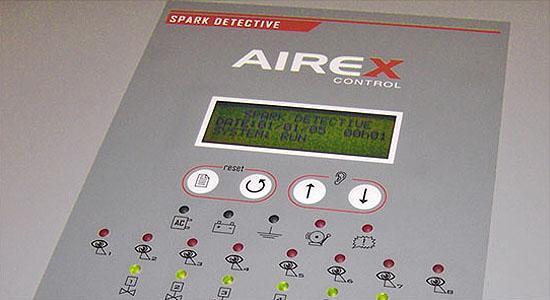
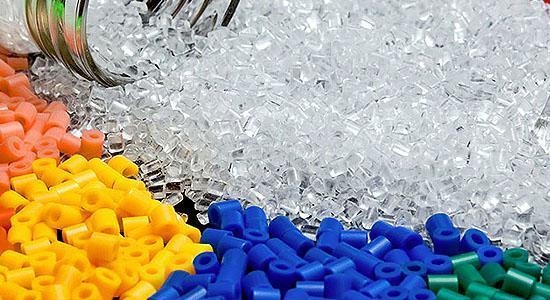


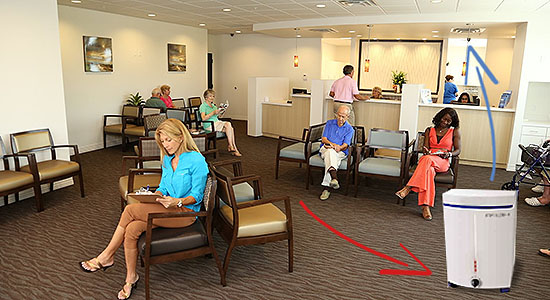
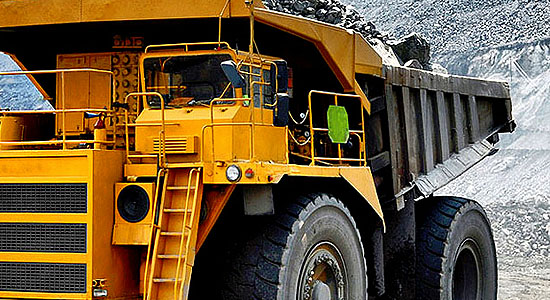

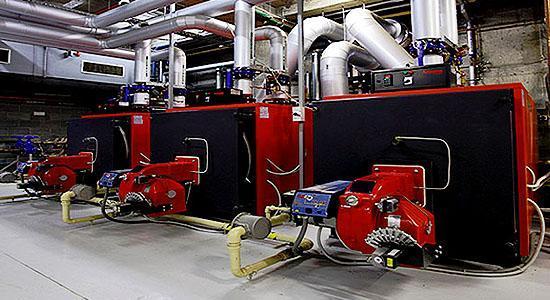
 Not sure what product fits your needs, or you looking for advice about the best solution for your problem?
Not sure what product fits your needs, or you looking for advice about the best solution for your problem?